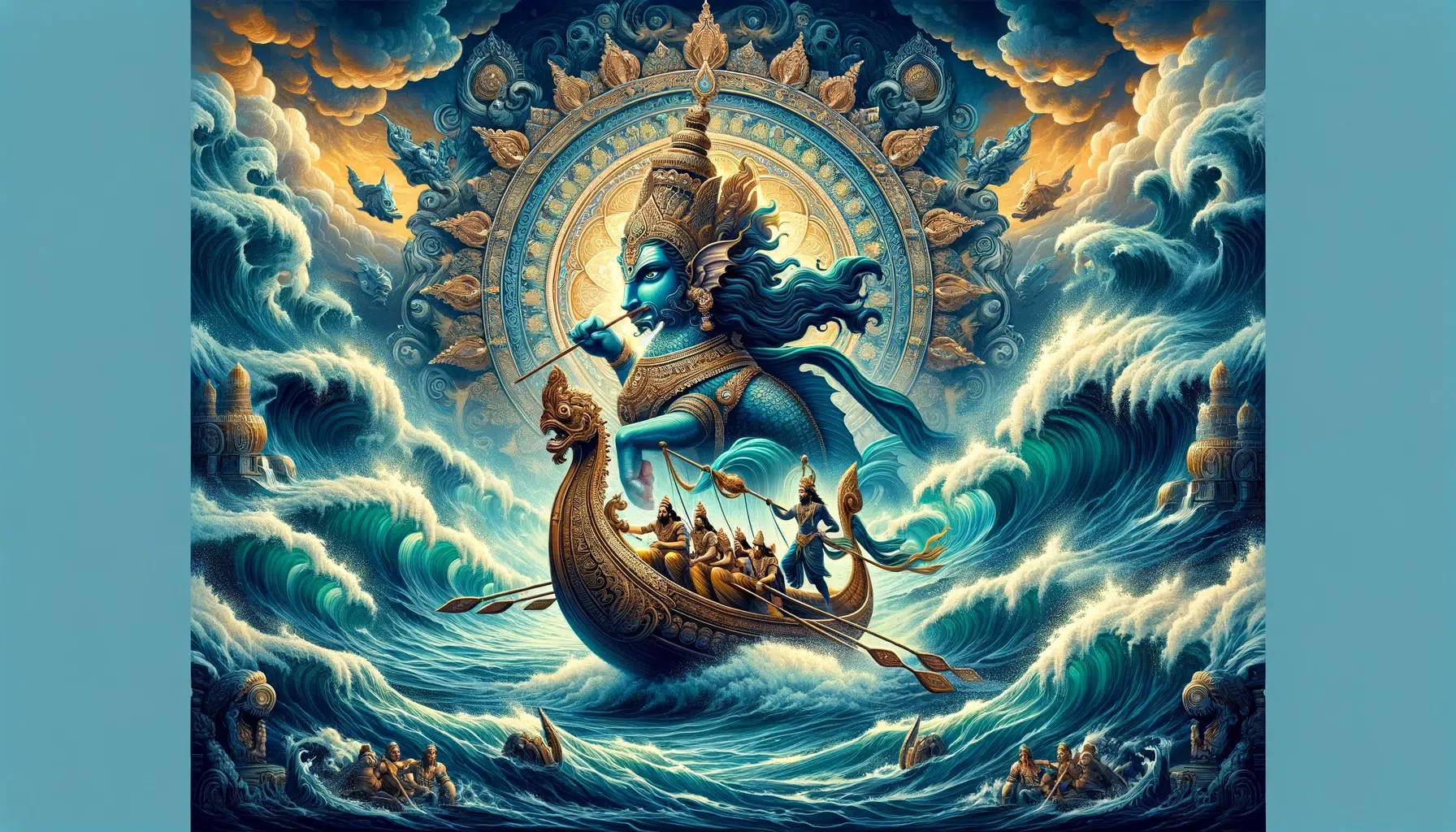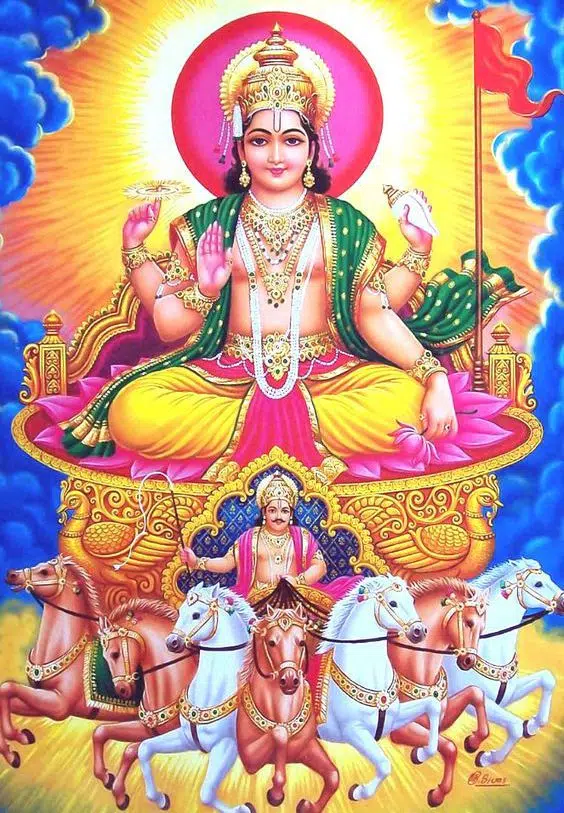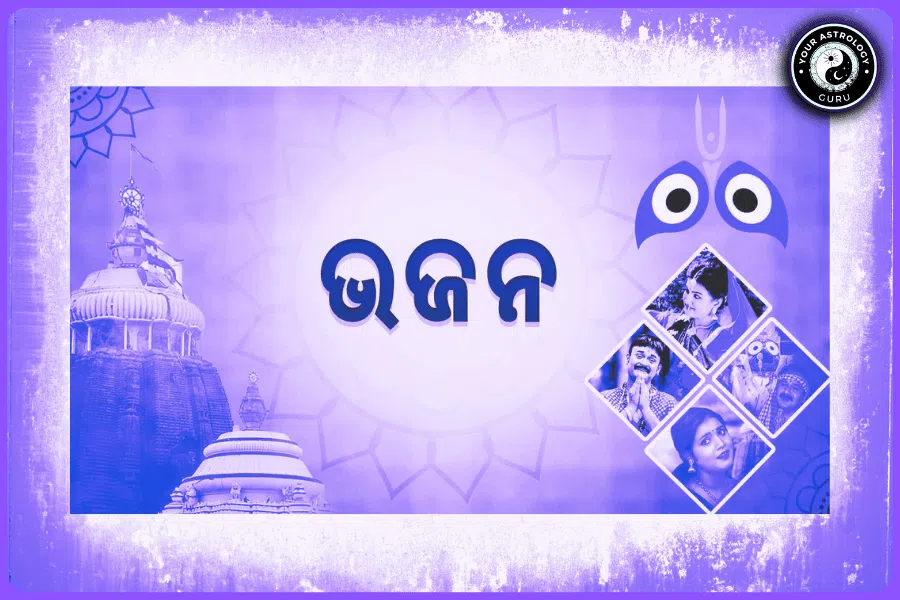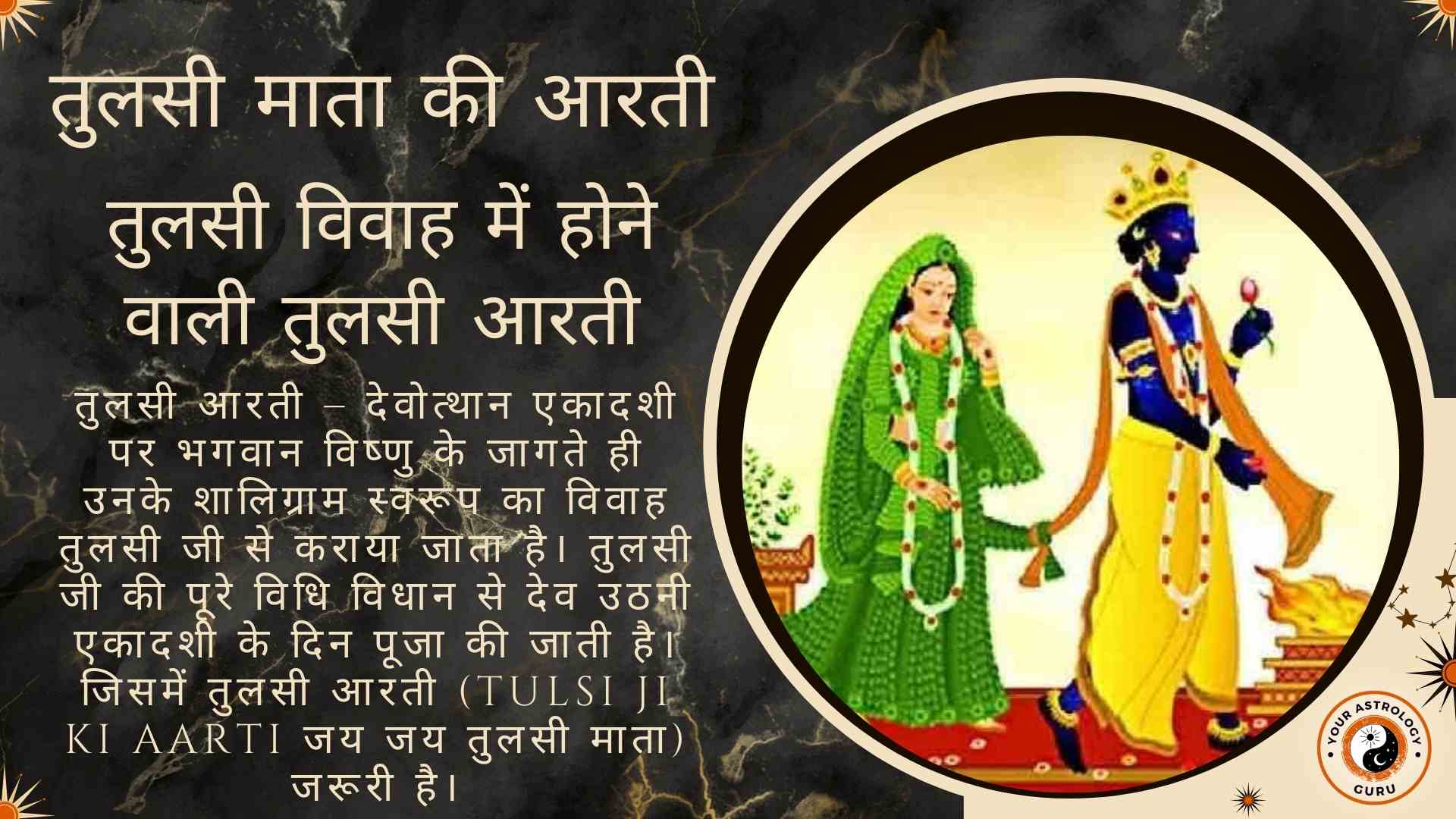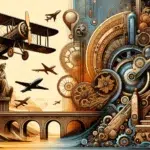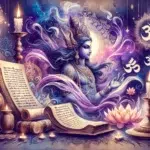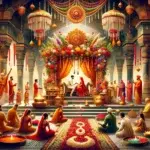Ravan Sahinta is a significant epic in Hindu mythology that tells the story of Ravan, the demon king of Lanka. This epic has captured the imagination of people for centuries and continues to be a source of intrigue and fascination. In this blog post, we will delve into the character of Ravan, exploring his origins, family tree, love life, and his epic battle with Ram. We will also examine his journey towards redemption and the impact of his story on popular culture and modern society.
Table of Contents
The Rise of Ravan: Examining the Origins of the Demon King
Ravan was born to a sage named Vishrava and a demon princess named Kaikesi. From an early age, Ravan displayed exceptional intelligence and strength. He was a prodigious scholar and mastered various forms of knowledge, including the Vedas and other sacred texts. His accomplishments earned him the favor of the gods, who granted him boons that enhanced his powers.
Ravan’s rise to power began when he defeated his half-brother Kubera, the god of wealth, and took control of Lanka. He built a magnificent city there and became known as the powerful demon king. Ravan’s ambition knew no bounds, and he sought to conquer all the worlds, including heaven. His arrogance and lust for power would ultimately lead to his downfall.
Ravan’s Family Tree: Tracing the Lineage of the Lankan King
Ravan came from a complex family tree that played a significant role in shaping his character and actions. His father Vishrava was a sage who had two wives – Kaikesi, a demon princess, and Ilavida, a celestial nymph. From Kaikesi, Ravan had three brothers – Kumbhakarna, Vibhishana, and Ahiravana – who played important roles in his life.
Kumbhakarna was known for his immense strength and loyalty to Ravan. Vibhishana, on the other hand, was a righteous and virtuous demon who eventually switched sides and joined Ram’s army. Ahiravana was a powerful sorcerer who kidnapped Ram and his brother Lakshman during the battle with Ravan.
Ravan’s family had a profound impact on his character. His mother Kaikesi instilled in him a sense of ambition and desire for power, while his brothers influenced his decisions and actions throughout his life.
The Ten Heads of Ravan: Symbolism and Significance
One of the most iconic aspects of Ravan’s character is his ten heads. Each head represents a different aspect of his personality and symbolizes various vices and virtues. The ten heads are said to represent his knowledge, power, ego, anger, greed, lust, pride, jealousy, selfishness, and ignorance.
The ten heads of Ravan serve as a reminder of the complexity of human nature and the struggle between good and evil within each individual. They also highlight the duality of Ravan’s character – a brilliant scholar and a ruthless demon king. The symbolism behind each head adds depth to Ravan’s character and makes him a compelling figure in Hindu mythology.
Ravan’s Love Life: Unraveling the Complexities of His Relationships
Ravan’s love life was as complex as his character. He had multiple wives and romantic relationships that played a significant role in shaping his actions. His primary wife was Mandodari, a virtuous demon queen who tried to steer him towards righteousness. Despite her efforts, Ravan’s lust for power often overshadowed their relationship.
Ravan also had a passionate love affair with Sita, the wife of Ram. He kidnapped her and held her captive in Lanka, hoping to make her his queen. This act of abduction sparked the epic battle between Ravan and Ram, which would ultimately lead to Ravan’s downfall.
Ravan’s relationships with women highlight his complex nature. On one hand, he was capable of deep love and passion, but on the other hand, his actions were driven by his desire for power and control.
Ravan’s Battle with Ram: The Epic Encounter Between Good and Evil
The battle between Ravan and Ram is one of the most iconic episodes in Hindu mythology. It represents the eternal struggle between good and evil, righteousness and wickedness. Ravan, with his immense power and knowledge, was a formidable opponent for Ram, who represented virtue and righteousness.
The battle between Ravan and Ram was not just a physical confrontation but also a clash of ideologies. Ravan believed that power and wealth were the ultimate goals in life, while Ram believed in the importance of dharma (righteousness) and the protection of the weak.
In the end, Ram emerged victorious, slaying Ravan and freeing Sita from captivity. The battle symbolizes the triumph of good over evil and serves as a reminder of the consequences of arrogance and lust for power.
The Redemption of Ravan: Exploring His Journey Towards Enlightenment
Despite his villainous actions, Ravan’s story also contains elements of redemption and enlightenment. Towards the end of his life, Ravan realized the errors of his ways and sought to rectify them. He acknowledged Ram as an incarnation of Lord Vishnu and sought his forgiveness.
Ravan’s journey towards redemption is a powerful reminder that it is never too late to change one’s ways and seek enlightenment. It teaches us that even those who have committed great sins can find redemption if they are willing to acknowledge their mistakes and make amends.
Ravan in Popular Culture: From Folklore to Bollywood
Ravan’s story has been retold countless times in various forms of popular culture, from ancient folklore to modern Bollywood films. His character has been portrayed in different ways, sometimes as a ruthless villain and at other times as a tragic anti-hero.
In popular culture, Ravan is often depicted as a complex and multi-dimensional character, with his motivations and actions explored in greater depth. This portrayal has helped to humanize him and shed light on the complexities of his character.
The Legacy of Ravan: How His Story Continues to Inspire and Intrigue
Ravan’s story continues to captivate and inspire people to this day. His character represents the struggle between good and evil within each individual, and his journey towards redemption serves as a powerful reminder of the potential for change and growth.
Ravan’s story also raises important questions about power, ambition, and the consequences of one’s actions. It serves as a cautionary tale about the dangers of unchecked ambition and the importance of righteousness.
The Deities of Ravan Sahinta: Understanding the Role of Gods and Goddesses in the Epic
The gods and goddesses play a significant role in Ravan Sahinta, shaping the story and influencing the characters. Lord Vishnu takes on the avatar of Ram to defeat Ravan and restore balance to the world. Goddess Sita represents purity and virtue, while Hanuman, the monkey god, serves as Ram’s loyal devotee.
The actions of the gods and goddesses in Ravan Sahinta highlight their role as protectors of dharma and their intervention in human affairs. They serve as moral guides for the characters and play a crucial role in shaping the outcome of the epic battle.
A Final Reflection on the Enduring Appeal of Ravan Sahinta
In conclusion, Ravan Sahinta is a rich and complex epic that explores the character of Ravan, the demon king of Lanka. His story is filled with symbolism, moral lessons, and profound insights into human nature. Ravan’s journey from a powerful and arrogant demon king to a seeker of redemption continues to resonate with audiences today.
The enduring appeal of Ravan Sahinta lies in its exploration of universal themes such as the struggle between good and evil, the complexities of human nature, and the potential for redemption. Ravan’s story serves as a cautionary tale about the dangers of unchecked ambition and the importance of righteousness.
Whether portrayed as a ruthless villain or a tragic anti-hero, Ravan’s character continues to fascinate and intrigue people across cultures and generations. His story serves as a reminder that even the most flawed individuals have the potential for growth and change.






